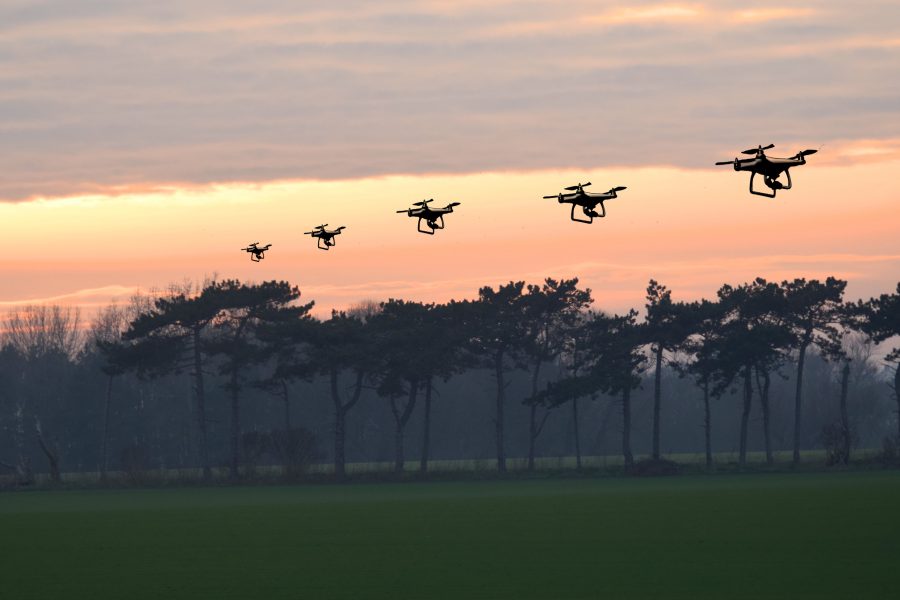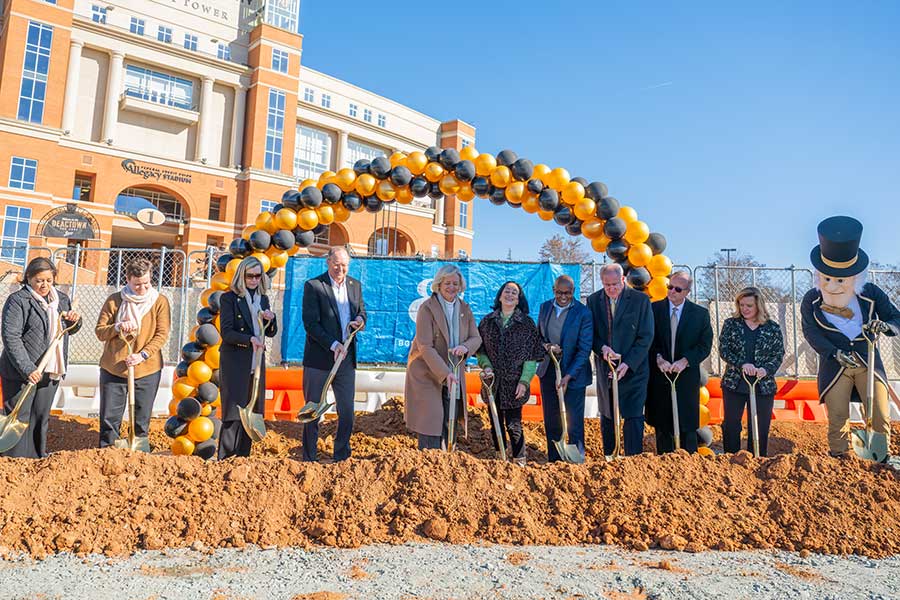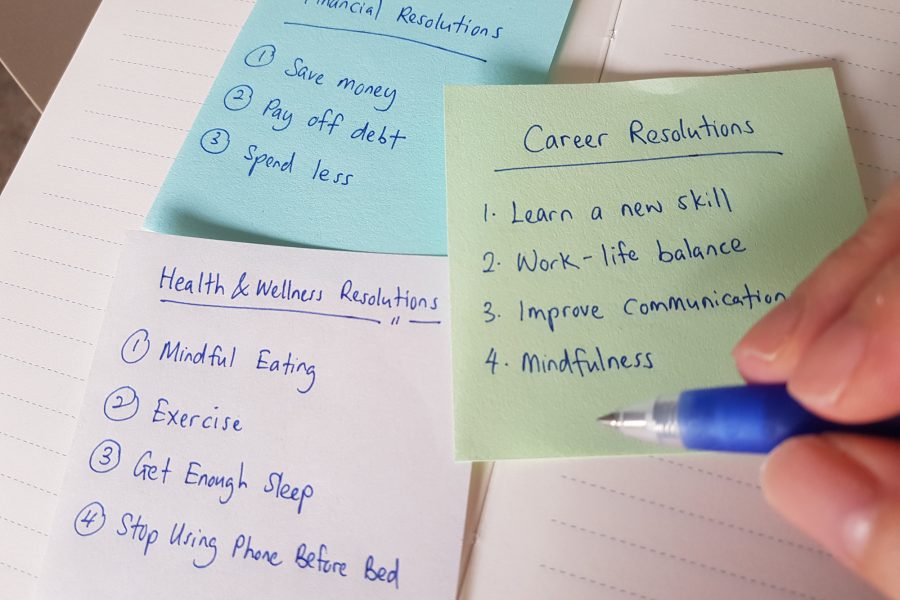Wake Downtown program supports young scientists
Local high school students explore STEM careers through the LEAP program
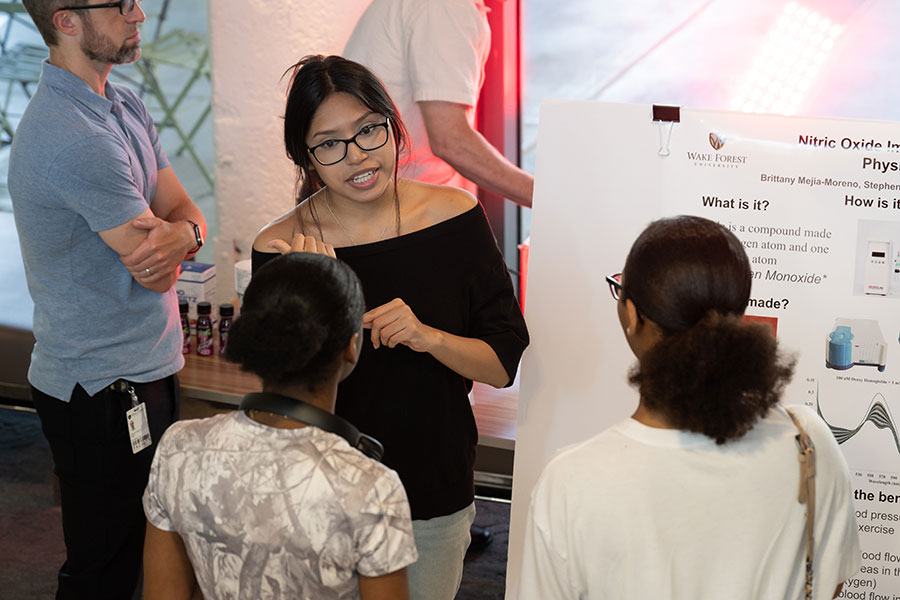
Thirteen Forsyth County students came together as strangers with two things in common this summer: an aptitude for science and teachers who could see their potential.
After six weeks, the members of this tight-knit group had a deeper knowledge of STEM careers and themselves. The student interns – rising juniors and seniors from six high schools – were selected to participate in a paid internship program developed by Wake Forest University. Through the Lab Experiences: Academics and Professions (LEAP) program, each had the chance to conduct lab-based research, guided by Wake Forest faculty and graduate student mentors.
LEAP is for students in Title 1 schools in Winston-Salem and Forsyth County. It pays participants an academic stipend and provides them with transportation and a campus meal plan.
The interns typically start with little knowledge of what it might be like to work in a professional lab and are a little apprehensive about navigating a university setting. At the end of the LEAP program, the interns share their research results at Wake Downtown on topics ranging from how behavioral conditioning influences learning and memory to the impact of nitric oxide on health.
Ashley Emily Estrada Garcia, a rising junior at Parkland High School, explains to curious visitors how fission yeast is a model for studying gene expression. She and her lab mentors wanted to understand how information in DNA sequences is interpreted, she said. Estrada Garcia shared her findings without pauses or referring to notes.
Across the room, creamy chocolate and vanilla smoothie samples draw a steady stream of visitors to Ma’Kailah Jonhson-Wright’s table. But the rising junior from R.J. Reynolds High School isn’t just offering tasty treats. She is demonstrating how healthier lifestyle habits — such as adding appropriate amounts of protein to your diet — can improve health outcomes in older adults. Armed with an effervescent smile and a stack of resumes, Johnson-Wright exemplifies what LEAP coordinators hope to develop: emerging young STEM professionals who are both knowledgeable about their work and confident in presenting it.
Alana James, director of Wake Downtown and a LEAP coordinator, tells the interns, “We are making an investment in you because we believe that you are the next generation of leaders who are going to see us through some of these global challenges that we have.”
Exploring STEM beyond the lab
Treyvon Murphy’s high school lab experience was typical. The rising junior said there were goggles, beakers and various chemicals in his Carver High School science lab. But his LEAP experience allowed him to explore science, particularly physics, in greater detail.
His project explored how matter absorbs light by turning photons into internal energy. “By understanding and modeling these ideas, we can improve tools for spectroscopy, sensors and photonics devices,” he said.
Stephen Baker, a research assistant professor in the Department of Physics, has served as a LEAP co-mentor with physics professor Daniel Kim-Shapiro for the past two years.
“We are exposing students, at a young age, to the possibility of a future in science — something they may not have considered before,” Baker said. “We really want them to enjoy the experience…and to show them that science can be a fun and rewarding career.”
While LEAP interns were matched with mentors and research labs corresponding to their interests, they were also exposed to STEM jobs in nontraditional settings. They learned how a 3D printer could be deconstructed to use human cells instead of plastic filament at the Wake Forest Institute for Regenerative Medicine. They explored aviation technology and how to design and build drones at the Center for Design Innovation. They visited a local makerspace, WS Mixxer, and tried their hand at welding to make artwork. Students learned that science — and their love for it — isn’t limited to labs and research. They could also learn to build or create things to help save or improve lives.
Teamwork and connections
Rising juniors Bella Casanova and Christine “CeCe” Joyner attend different schools, but became friends through their lab partnership. Casanova, who attends Glenn High School, and Joyner, who’s at R.J. Reynolds High School, had never met until this summer. Now they’ve bonded over fluorescent proteins and mutagenesis.
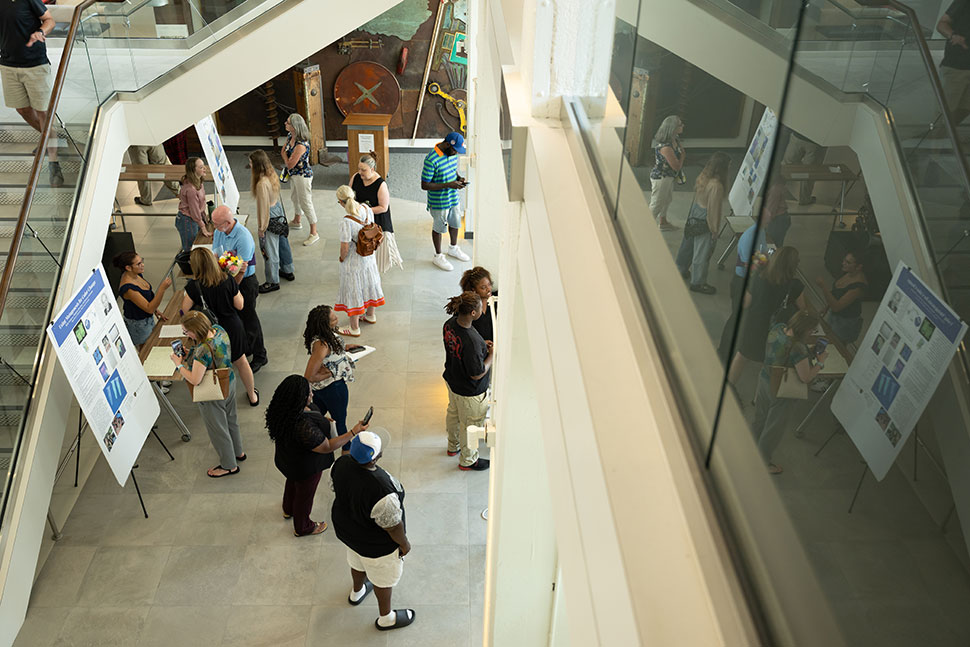
“Working in a lab is like being part of a close team, almost like a family,” Casanova said. “Everyone supports one another, asks questions and collaborates to solve problems, which creates a really positive and productive environment.”
Kathleen Estrada, a rising Carver High School senior, likes science and wanted to know if she’d like working in a lab, but LEAP also helped her in other ways, too. As part of their experience, the interns had to identify, research and request informational interviews with professionals in careers or with educational backgrounds of interest to them.
“I learned how to introduce myself. We also learned how to write (professional) emails….I think that was one of the most useful workshops we had,” Estrada said.
Murphy tells people that the most important lesson from his LEAP internship went beyond physics. “It helps you build confidence and make connections,” he said.
LEAP was established with a three-year grant from The Burroughs Wellcome Fund, with additional support from The Truist Foundation for the past two years. There are now 70 LEAP alumni. These former interns have expressed interest in developing a series of networking, social and service activities to continue to support one another’s professional and academic development. The summer 2025 interns will reunite for Saturday Academies this fall and in spring 2026.
Categories: Pro Humanitate, Research & Discovery
Media Contact
Wake Forest News
media@wfu.edu
336.758.5237

